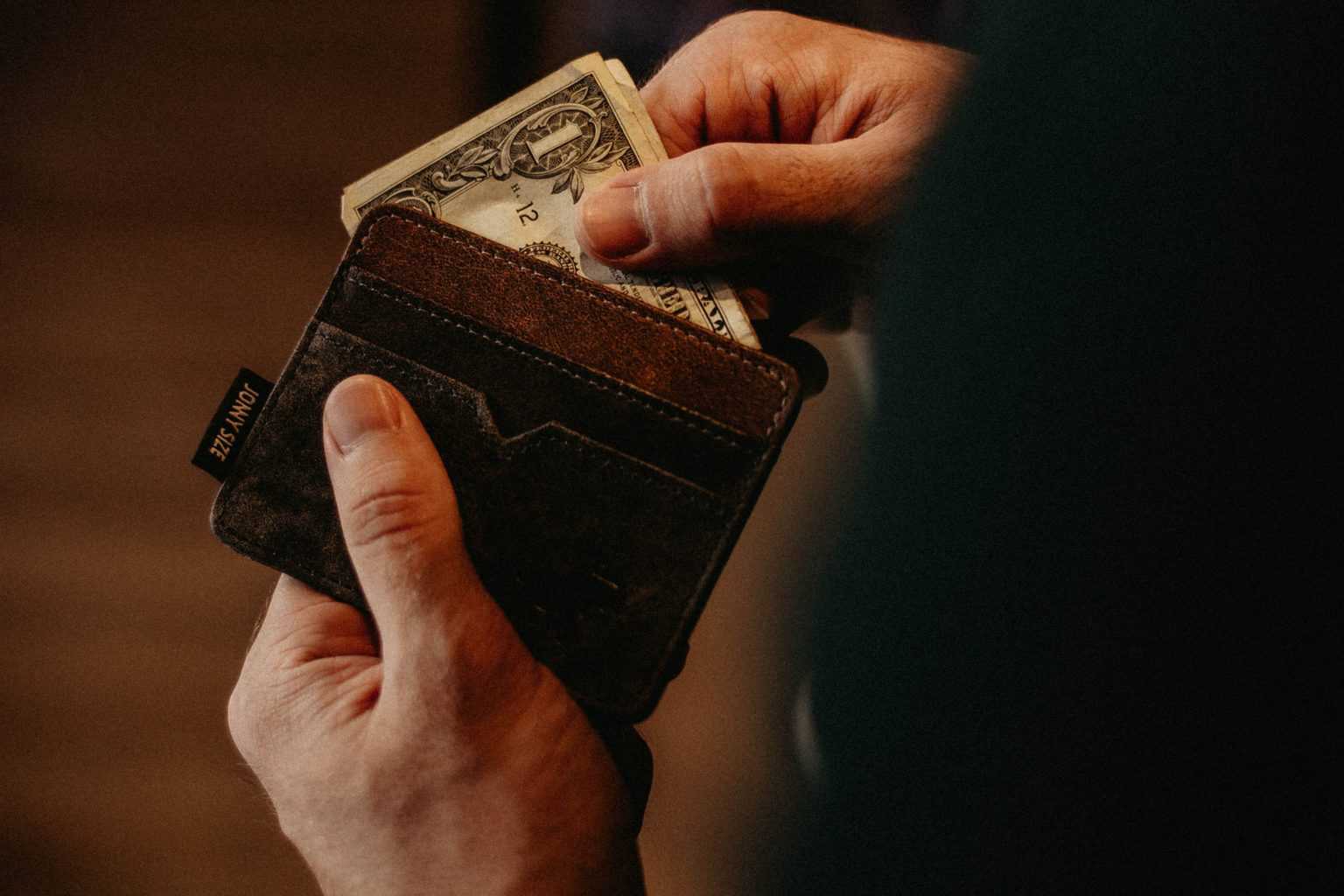You see the online ads and pamphlets at the bank advertising personal loans with remarkable rates. But those are generally reserved for consumers with good or excellent credit.
What about those individuals with less than perfect credit due to past financial mishaps? Are they eligible for these loan products?
Not necessarily. However, personal loan options could be available to you, even if you have a low credit score. Keep reading to discover what lenders consider as bad credit, what factors impact your credit score, and loan products worth considering.
What is Considered Bad Credit?
It depends on the credit scoring model the lender uses when reviewing your loan application.
Your FICO score, used by 90 percent of creditors and lenders, ranges from 300 to 850. Here’s a breakdown of the ratings by score:
- Very poor: 300 to 579
- Fair: 580 to 669
- Good: 670 to 739
- Very good: 740 to 799
- Exceptional: 800 to 850
There’s also the less prominent VantageScore that also ranges from 300 to 850 and rates consumers as follows:
- Very poor: 300 to 499
- Poor: 500 to 600
- Fair: 601 to 660
- Good: 661 to 780
- Excellent: 781 to 850
What Factors May Lower Your Credit?
Here’s a breakdown of how your FICO score is calculated:
- Payment history (35 percent)
- Amounts owed (30 percent)
- Length of credit history (15 percent)
- Credit mix (10 percent)
- New credit (10 percent)
Each of these categories provides insight into why your credit score is low. Below is a more detailed breakdown of factors that could be hurting your credit rating:
- Payment history: You miss a credit card or loan payment, and the account reaches 30-days past due. Consequently, it is reported to the credit bureaus as delinquent and tanks your credit score. (Quick note: a late payment could hurt your score by as much as 100 points; the higher your score was before the negative mark is reported, the more severe the impact). Charged-off and collection accounts are also bad news for your credit score as they can have a significant effect and remain on your credit report for up to seven years.
- Amounts owed: You’re using more than 30 percent of the credit limit on your credit cards. Ideally, you want to keep your credit utilization at or below 30 percent – 10 percent gives you an even better chance at a healthy credit score. So, if you have three credit cards with $1,500 limits (or $4,500 total), try not to spend more than $1,350 across the board.
- Length of credit history: If you’re new to credit or don’t have many accounts, your score could be on the lower end.
- Credit mix: Lenders and creditors like to see a healthy combination of revolving (i.e., credit cards) and installment credit (i.e. personal loans, auto loans, mortgages, student loans).
- New credit: Refrain from applying for too much credit in a short period as it’s a red flag to potential lenders and creditors. Furthermore, each time you apply, a hard inquiry is generated and can drop your score by two to five points. (An exception applies when you’re shopping for an auto loan or a mortgage – multiple inquiries are grouped into a single hard inquiry if you select a loan product within a specific timeframe).
How Does Credit Affect Your Loan Application
Borrowers with fair and very poor FICO scores are considered “subprime” with a higher likelihood of default. If your score falls into one of these categories, expect a steep interest rate if you’re approved for a personal loan.
If your VantageScore is below 660, you likely won’t qualify for the best interest rates on a personal loan. However, you could still be eligible for a secured personal loan or a smaller unsecured personal loan with a high-interest rate.
Types of Bad Credit Loans
Based on a financial institution, you may find the following types of financial products that can be used if you have a bad credit score.
Secured Loans
Secured loans cater to riskier borrowers and require collateral. While the rates are generally lower, you may want to look elsewhere and exhaust all other options before moving forward. If you decide to take out a secured loan, be mindful that you could lose your collateral if you fall behind on payments.
Unsecured Loans
Unsecured loans do not require collateral, but you’ll typically get a higher interest rate unless you have good or excellent credit. And if you have poor credit, some lenders will deny your loan application or refer you to a secured loan product. If they do approve you, you will be looking at higher interest rates.
Still, your assets won’t be at risk if you default on the payments. Plus, the application process is relatively simple, and you could get a quick decision from the lender.
Payday Loans
Payday loans should also be a last resort if you need fast cash. They’re typically available in small increments and come with exorbitant interest rates, sometimes well into three figures. And you’ll have to repay the loan in full (plus any fees and interest) by your next payday or roll it over, which also comes at a hefty cost.
Cash Advances
Some credit card issuers offer cash advances. You can borrow the funds you need by using your credit card to make a withdrawal at an ATM. But here’s the catch: you’ll pay a fee, and the interest rate on the amount you withdraw will usually be higher than the purchase APR.
How to Get a Personal Loan with Bad Credit
Step 1: Assess Your Credit Health
Check your credit score to know where you stand. You also want to review your credit report and dispute any errors or inaccuracies that could be dragging your score down. If possible, wait for the issues to be rectified before applying for a personal loan to boost your approval odds.
Step 2: Shop Around
Conduct an online search for lenders that offer loans to consumers with lower credit scores. If qualification criteria aren’t mentioned on their website, call the customer service number to inquire. Also, check with your bank or credit union, as they may have personal loan options you potentially qualify for.
Step 3: Get Pre-qualified.
Before submitting a formal application, get pre-qualified to gauge your approval odds. Based on the outcome, you can determine if it’s sensible to move forward with an application or seek other options.
Step 4: Submit Your Loan Application.
The last step is to apply with the top lender. Gather any documents the lender will need to process your application before applying to expedite the process and get funds in your account faster.
If your application is denied, consider adding a co-signer if permissible by the lender. Also, call the lender directly and ask to speak to the reconsideration department to try and get the decision overturned.
Will Pre-Qualifying for a Loan Hurt Your Credit Score?
Some online lenders offer a pre-qualification tool that lets you view your approval odds and potential loan terms. There’s no impact on your credit score as it only requires a soft inquiry. But suppose you decide to move forward with a formal application. In that case, the lender will likely perform a hard inquiry that could lower your credit score.
Where to Get a Personal Loan with Bad Credit
Before you settle for a payday loan, cash advance, or secured personal loan, review and compare different personal loan lenders to check which one may be best for you.







